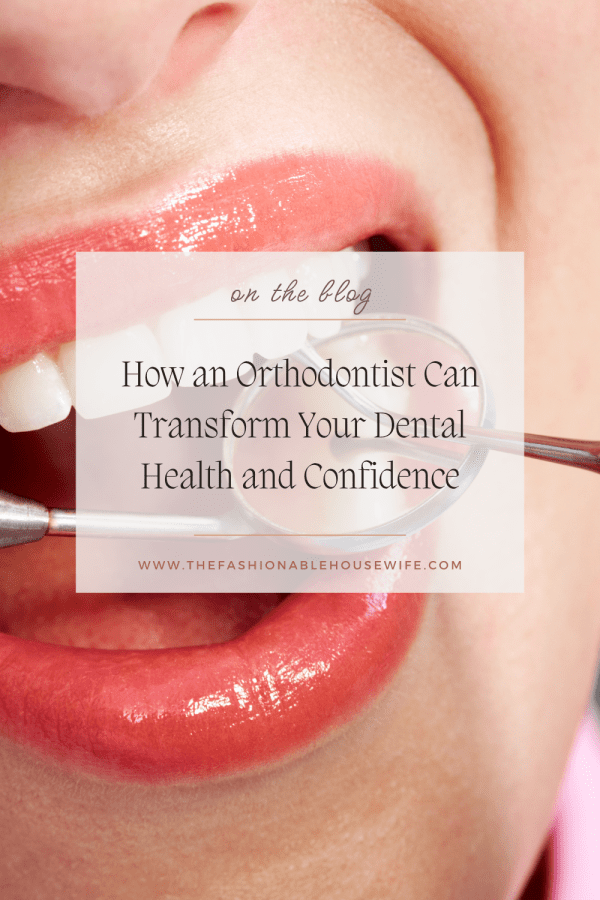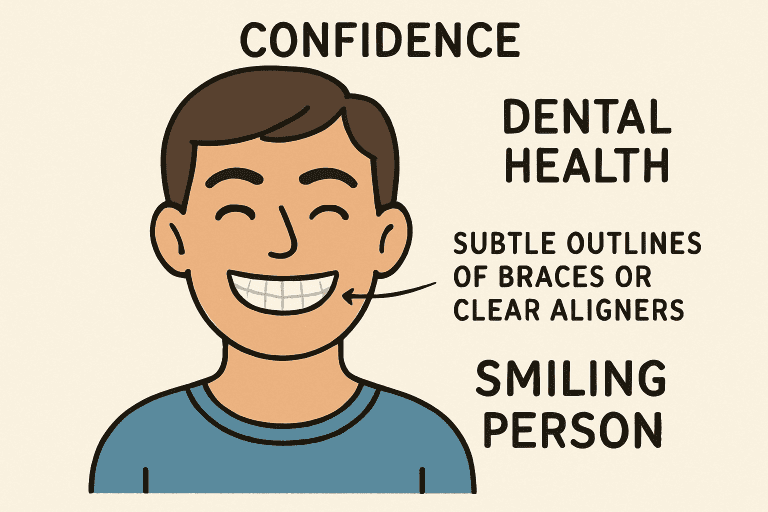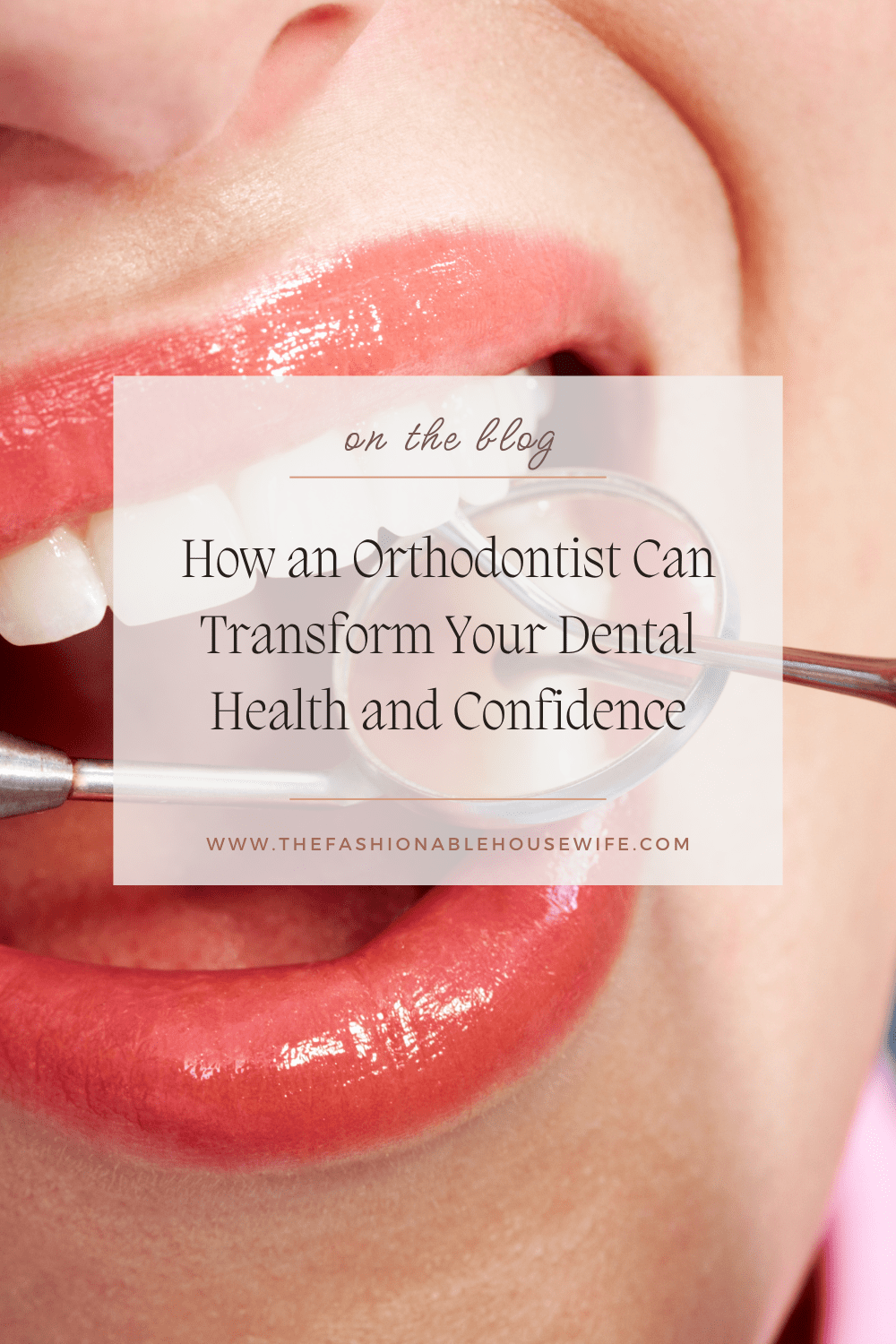How an Orthodontist Can Transform Your Dental Health and Confidence

Key Takeaways
- Orthodontic care is crucial for both oral health and self-confidence, benefiting patients of all ages.
- Modern orthodontic treatments offer discreet and convenient solutions tailored to each individual.
- Choosing the right professional and following post-treatment care is essential to maintain long-term results.
Table of Contents
- Understanding the Role of an Orthodontist
- Health Benefits of Orthodontic Treatment
- Boosting Self-Confidence Through a Better Smile
- Modern Orthodontic Techniques and Technologies
- Addressing Common Misconceptions About Orthodontic Treatment
- Choosing the Right Orthodontist for Your Needs
- Maintaining Results Post-Treatment
- Conclusion
Understanding the Role of an Orthodontist
Orthodontists play a vital role in oral healthcare by focusing on diagnosing, preventing, and treating dental and facial irregularities. Their training extends far beyond simply straightening teeth. Orthodontists ensure harmonious alignment of the jaws and bite—factors that impact not only appearance but also your overall dental function and well-being. For those in the region looking for expertise and a dedicated patient-centric approach, an Orthodontist Orland Park can help guide you toward a healthier, more confident smile.
Proper jaw and tooth alignment are foundational for a balanced oral environment. Orthodontists utilize a wide array of diagnostic tools and treatment methods to address crowded teeth, overbites, underbites, and more. Their interventions not only address cosmetic concerns but also create the structural conditions necessary for long-term oral health.
Health Benefits of Orthodontic Treatment
- Improved Oral Hygiene: Teeth that are straight and correctly spaced are far easier to clean, making it simpler to brush and floss effectively. This reduces the likelihood of cavities, gum disease, and even bad breath.
- Enhanced Chewing and Digestion: When teeth are properly aligned, chewing becomes more efficient, allowing for better breakdown of food and aiding digestion. A misaligned bite can make chewing painful or ineffective, impacting nutrition and overall health.
- Reduced Jaw Pain: Misaligned teeth and jaws often place excessive pressure on the jaw joints, leading to discomfort or temporomandibular joint (TMJ) disorders. Orthodontic care can help relieve this pain and prevent further complications.
Orthodontic treatment may also lower the risk of future dental problems that could require costly interventions, such as tooth extractions or restorative work. Aligning teeth properly ensures even wear and tear, minimizing premature tooth loss and other complications.
A beautiful, straight smile often results in more than physical health improvements—it leads to greater confidence and happiness. Many people who have undergone orthodontic treatment report feeling more self-assured in both social interactions and professional environments. This improved self-perception can positively influence overall mental well-being, relationships, and achievement.
The influence of an appealing smile extends into first impressions, public speaking, and even job interviews. According to research published in Forbes, individuals with straight teeth are perceived as more successful and sociable than those with crooked teeth. Investing in orthodontic care, therefore, is an investment in personal and professional growth.

Modern Orthodontic Techniques and Technologies
Advances in orthodontics allow patients more options than ever for comfortable and discreet treatment. Some of the most popular techniques include:
- Clear Aligners: These removable, nearly invisible trays gently move teeth into position over time. Ideal for adults and teens seeking a low-profile solution.
- Lingual Braces: Placed behind the teeth, these braces are hidden from view but just as effective as traditional methods.
- Self-Ligating Braces: Featuring a slide mechanism to hold the wire, these braces reduce friction, discomfort, and treatment duration.
New scanning and imaging technologies have also improved diagnosis and monitoring, allowing orthodontists to create highly accurate, customized treatment plans and achieve optimal results with greater comfort and efficiency.
Addressing Common Misconceptions About Orthodontic Treatment
One persistent myth is that orthodontics is only effective for children or teenagers. In reality, adults of any age can benefit from correcting dental misalignments—provided their teeth and gums are healthy. Current techniques offer nearly invisible and lifestyle-friendly options for adults hesitant about the appearance or inconvenience of traditional braces.
Another misconception is that braces are the sole orthodontic solution. In truth, various treatments—including clear aligners and lingual braces—are customized to each individual’s needs, making orthodontic care more versatile and accessible than ever.
Choosing the Right Orthodontist for Your Needs
The success of any orthodontic treatment hinges on selecting the right professional. It’s important to verify that your orthodontist is board-certified, experienced, and highly reviewed by patients. An initial consultation allows you to discuss your needs, review potential treatment plans, and evaluate whether the practice is a good fit for you. According to the Cleveland Clinic, orthodontic care involves a combination of precise diagnosis, treatment planning, and the use of specialized appliances to correct dental and jaw misalignments effectively.
Look for a provider who communicates clearly and makes you feel comfortable throughout the process. Personalized care and a thorough explanation of your options are indicators of a practice committed to your long-term satisfaction and health.
Maintaining Results Post-Treatment
Retaining your new smile requires commitment after the active phase of orthodontic treatment ends. Here are key steps for lasting results:
- Wear your retainers as instructed by your orthodontist. Retainers prevent relapse and help your teeth stabilize in their new positions.
- Continue regular dental check-ups to monitor your oral health and address any emerging issues promptly.
- Maintain good oral hygiene by brushing, flossing, and using mouthwash as recommended.
Staying consistent with post-treatment care will ensure that your smile remains not only beautiful but functional for years to come.
Conclusion
Orthodontic care is a pathway to more than a visually appealing smile. It contributes to overall dental health, comfort, and self-esteem. No matter your age or dental concerns, consulting with a skilled orthodontist can open the door to lasting improvements in both your well-being and confidence.

